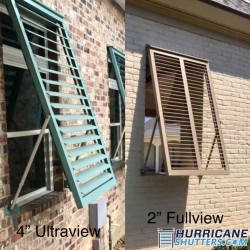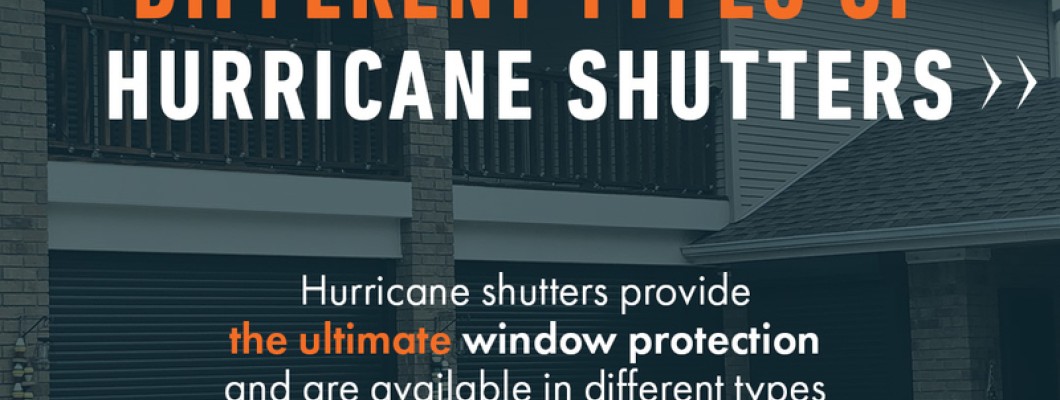
Introduction
When a hurricane strikes, it can unleash its destructive power, causing significant damage to homes and properties. To protect your home from the devastating effects of hurricanes, it's crucial to invest in reliable hurricane shutters. In this comprehensive guide, we will explore everything you need to know about hurricane shutters, from their types and benefits to the installation process and maintenance tips. By the end of this article, you will have a clear understanding of how hurricane shutters can provide a robust defense for your home during stormy weather.
The Importance of Hurricane Shutters
Hurricane shutters play a vital role in safeguarding your home against the destructive forces of hurricanes. These robust protective coverings are specifically designed to withstand high winds and protect your windows and doors from flying debris. By installing hurricane shutters, you significantly reduce the risk of shattered glass, which can lead to interior damage and personal injury during a storm. Moreover, hurricane shutters help to maintain the structural integrity of your home, preventing roof uplift and minimizing the potential for water intrusion.
Types of Hurricane Shutters
When it comes to hurricane shutters, there are several types available in the market. Each type offers unique features and advantages. Let's explore some popular options:
1. Accordion Shutters
Accordion shutters are a popular choice due to their ease of use and durability. These shutters consist of multiple hinged panels that fold accordion-style when not in use. They are permanently attached to the sides of windows and doors, and can be quickly and easily deployed when a hurricane approaches. Accordion shutters are often made of aluminum, providing excellent protection against high winds and flying debris.
2. Bahama Shutters
Bahama shutters combine functionality with aesthetic appeal. These shutters are installed above windows and can be easily propped open to provide shade and ventilation when the weather is calm. When a hurricane threatens, Bahama shutters can be securely fastened to protect windows from wind and debris. They are available in various colors and styles, adding a tropical touch to your home's exterior.
3. Colonial Shutters
Colonial shutters offer a classic and elegant look while providing hurricane protection. These shutters are installed on either side of windows and can be closed and latched during a storm. Colonial shutters are typically made of wood or metal and can be customized to match your home's architectural style.
4. Roll-Up Shutters
Roll-up shutters are a convenient option for homeowners seeking ease of use and minimal visibility. These shutters are installed above windows and doors and roll up into a discreet box when not in use. When a storm approaches, the shutters can be effortlessly rolled down to provide protection. Roll-up shutters are available in various materials, including aluminum and impact-resistant polycarbonate.
5. Storm Panel Shutters
Storm panel shutters are an affordable and versatile option for hurricane protection. These shutters consist of metal or polycarbonate panels that can be quickly installed when needed. Storm panel shutters are available in different styles, such as corrugated panels and clear polycarbonate panels, offering varying levels of visibility and protection.
6. Impact Windows and Doors
In addition to traditional hurricane shutters, impact-resistant windows and doors are becoming increasingly popular. These windows and doors are specially designed to withstand the impact of flying debris and high winds. They provide continuous protection without the need for additional shutters, offering a seamless and aesthetically pleasing solution.
Choosing the Right Hurricane Shutters
Selecting the right hurricane shutters for your home is essential to ensure effective protection during severe weather conditions. Here are some factors to consider:
1. Consider Your Budget
Determine your budget for hurricane shutters, taking into account the size of your home and the number of windows and doors that require protection. Remember that investing in high-quality shutters is a worthwhile investment in safeguarding your property.
2. Assess Your Home's Needs
Evaluate the specific needs of your home in terms of wind zone requirements, potential water intrusion points, and the level of protection desired. Different areas have different building codes and regulations, so it's important to choose shutters that comply with local standards.
3. Evaluate the Aesthetics
Consider the visual appeal of the shutters and how they will complement your home's architecture. Some homeowners prefer shutters that blend seamlessly with the overall design, while others opt for shutters that make a bold statement.
4. Research Local Building Codes
Research the local building codes and requirements for hurricane shutters in your area. Ensure that the shutters you choose meet or exceed these regulations to ensure maximum protection and compliance.
5. Consult with a Professional
Seek the advice of a professional contractor or a hurricane shutter specialist. They can assess your specific needs and recommend the most suitable type of shutters for your home.
Installing Hurricane Shutters
Proper installation of hurricane shutters is crucial to ensure their effectiveness. Let's go through the installation process step by step:
1. DIY Installation vs. Professional Help
Decide whether you will install the shutters yourself or hire a professional. While DIY installation is possible for some types of shutters, it's recommended to seek professional help to ensure correct and secure installation, especially for larger windows and doors.
2. Taking Accurate Measurements
Measure the dimensions of your windows and doors accurately. This step is critical to ensure that the shutters fit properly and provide adequate protection. If you're unsure about measuring, consult a professional.
3. Preparing Your Home
Clean and prepare the mounting surfaces where the hurricane shutters will be installed. Remove any debris, dirt, or obstructions to ensure a secure fit. This step will help prevent any potential damage to the shutters during installation.
4. Mounting the Shutters
Follow the manufacturer's instructions to mount the hurricane shutters securely. Use the appropriate hardware and ensure that the shutters are properly aligned and anchored. Take extra care to install the shutters according to the recommended specifications, as this will optimize their performance during a storm.
5. Testing and Maintenance
Once the shutters are installed, test them to ensure they function correctly. Open and close each shutter to verify smooth operation. Regularly inspect the shutters for any signs of damage or wear. Perform routine maintenance, such as lubricating hinges and cleaning debris, to keep the shutters in optimal condition.
Benefits of Hurricane Shutters
Investing in hurricane shutters offers numerous benefits for homeowners. Let's explore some of the advantages they provide:
1. Protection Against High Winds
One of the primary benefits of hurricane shutters is their ability to withstand high winds. They create a barrier between your home's windows and the powerful forces of a hurricane, reducing the risk of shattered glass and subsequent interior damage.
2. Shielding from Flying Debris
During a hurricane, wind-driven debris can cause significant damage to your home. Hurricane shutters act as a protective shield, preventing debris from penetrating windows and doors. By keeping flying objects at bay, shutters help maintain the integrity of your home's structure.
3. Water Intrusion Prevention
Heavy rains and storm surges are common during hurricanes, and water intrusion can lead to severe property damage. Hurricane shutters are designed to provide a tight seal, minimizing the risk of water infiltration through windows and doors. This added protection helps safeguard your belongings and prevents costly repairs.
4. Enhanced Security
Beyond storm protection, hurricane shutters offer an added layer of security for your home. When the shutters are closed and locked, they act as a deterrent against potential break-ins and intrusions, providing peace of mind even during non-storm periods.
Frequently Asked Questions (FAQs)
Are hurricane shutters necessary if I have impact-resistant windows and doors?
While impact-resistant windows and doors provide excellent protection, it's still advisable to have hurricane shutters as an extra layer of defense. Shutters offer an additional barrier during severe storms and can help mitigate potential damage.
Can I install hurricane shutters myself?
DIY installation is possible for some types of hurricane shutters. However, for larger windows and doors or more complex installations, it's recommended to hire a professional to ensure proper and secure installation.
How long do hurricane shutters last?
The lifespan of hurricane shutters depends on various factors, including the type of material, quality, and maintenance. Well-maintained shutters can last for many years, providing reliable protection during multiple hurricane seasons.
Can hurricane shutters increase the value of my home?
Yes, hurricane shutters can increase the value of your home. Potential buyers often consider storm protection features when assessing the desirability and security of a property.
Do hurricane shutters require any maintenance?
Hurricane shutters may require regular maintenance to ensure their optimal performance. This includes inspecting for any signs of damage, lubricating hinges, and cleaning debris. Consult the manufacturer's guidelines for specific maintenance recommendations.
Can I use hurricane shutters for other types of storms?
While hurricane shutters are primarily designed for hurricane protection, they can also provide benefits during other severe storms, such as tropical storms and tornadoes. Consult with a professional to determine the suitability of hurricane shutters for your specific weather conditions.


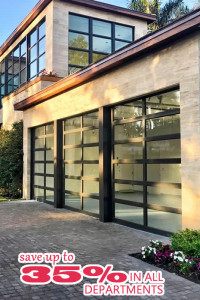

-Mount-Standard-Sizes-0-1-250x250w.jpg)
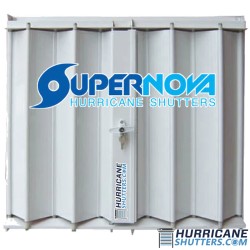
-(10ft.-Sections-5ft.-Poles-On-Center)-0-1-250x250w.jpg)
-0-1-250x250.jpg)
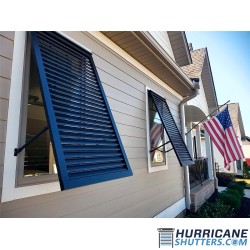
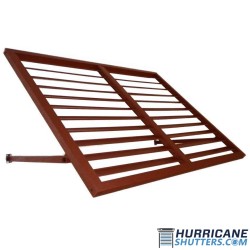
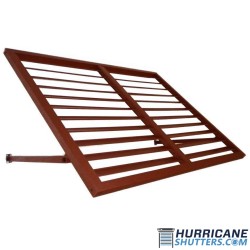
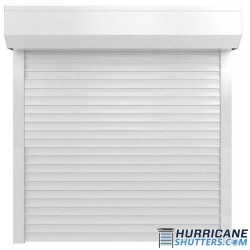

-0-1-250x250h.jpg)
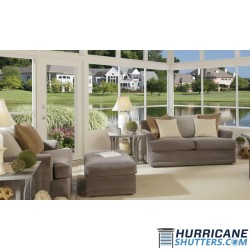
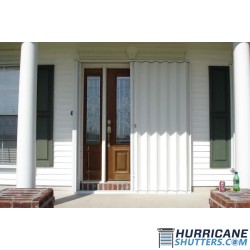
-Articulate-Blades-0-1-250x250h.jpg)
